Which L-sugar on oxidation gives an optically active dibasic acid (2 COOH groups) ?
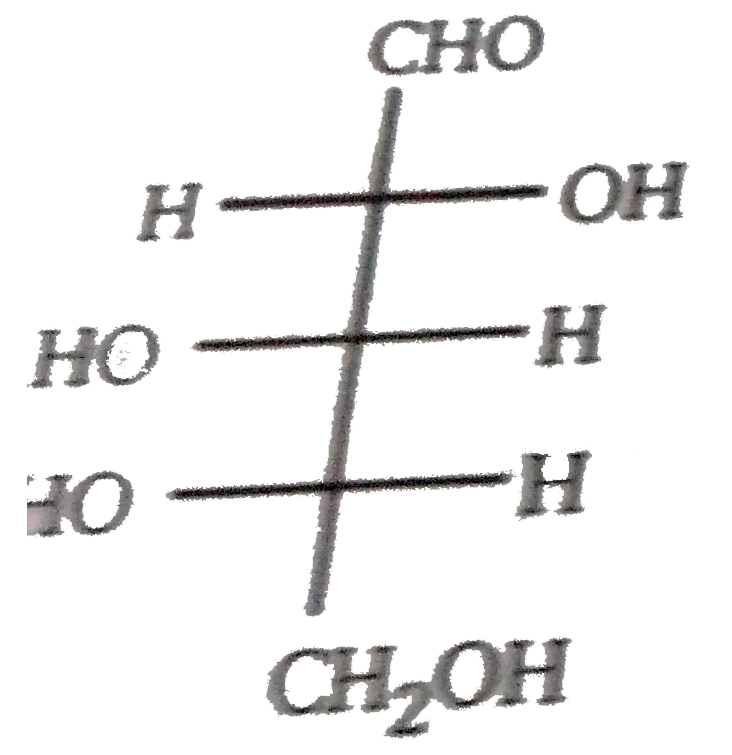
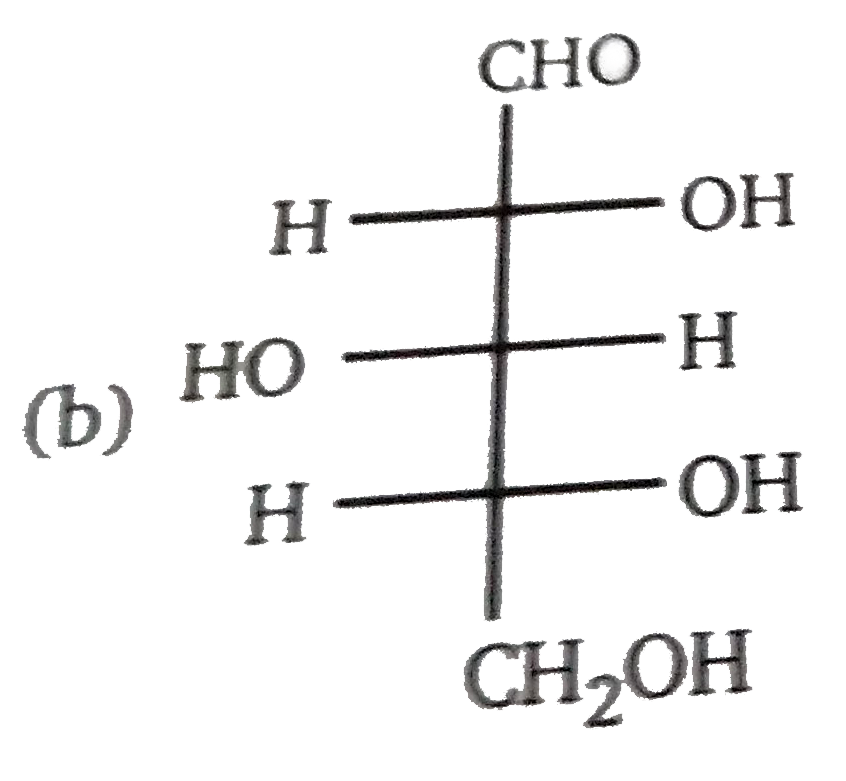
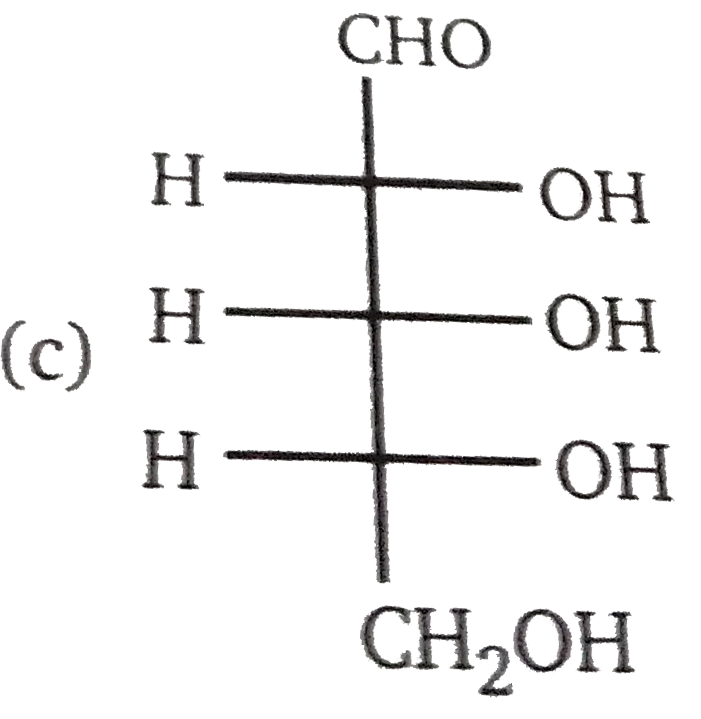
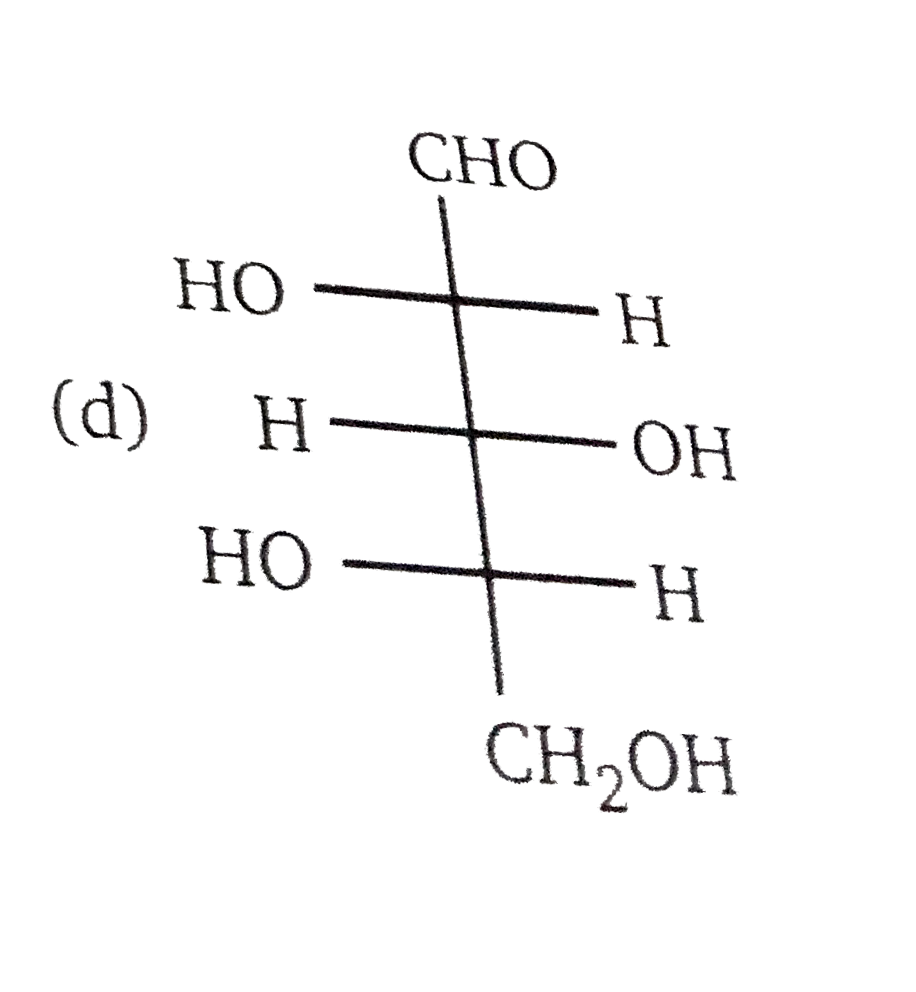
The correct Answer is:A
L-sugar → a, d
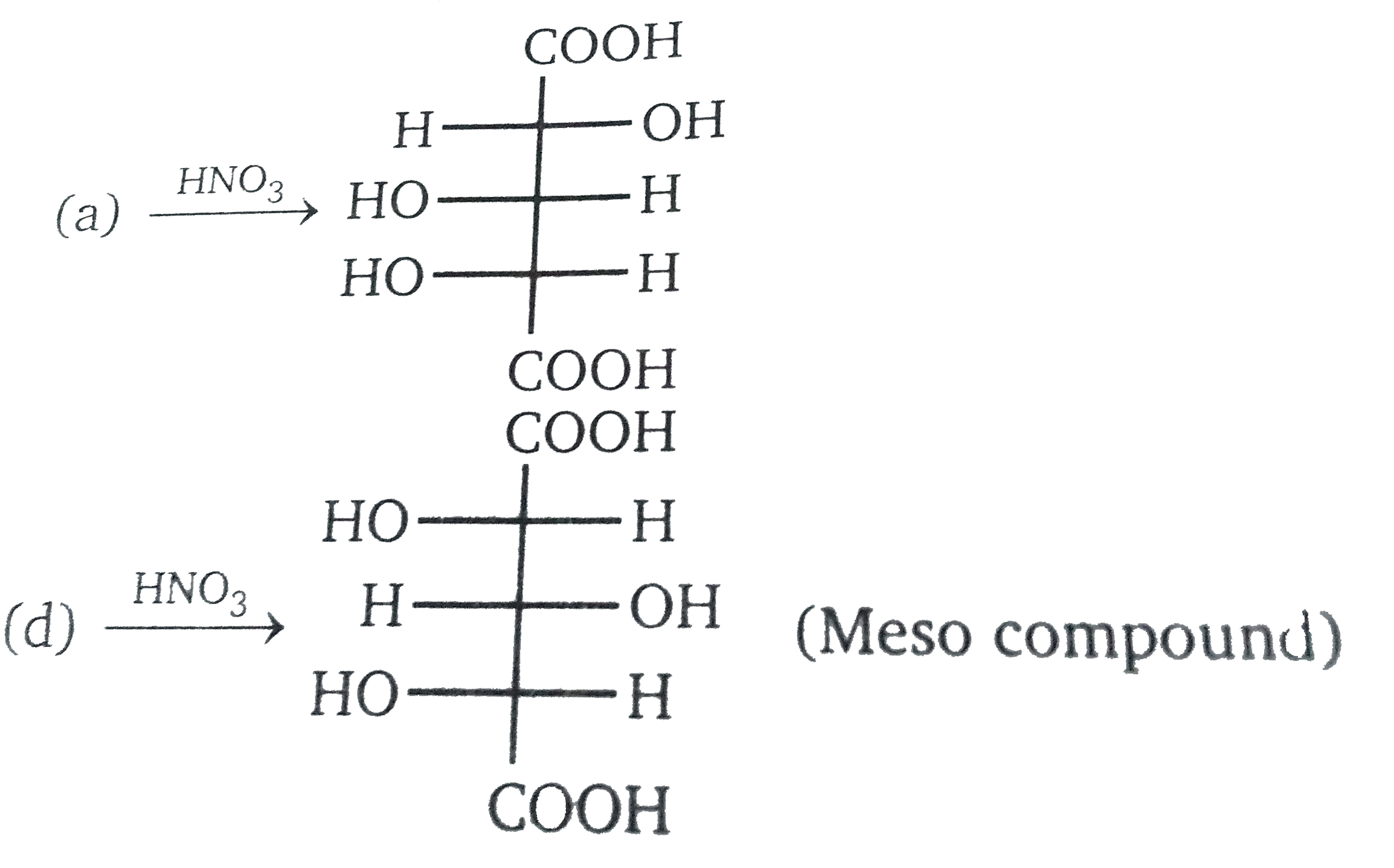
Topper's Solved these Questions
- BOOK - MS CHOUHANCHAPTER - BIOMOLECULESEXERCISE - Level 1 (Q.31 To Q.50)1videos
BIOMOLECULES
- BOOK - MS CHOUHANCHAPTER - BIOMOLECULESEXERCISE - Level 21videos
BIOMOLECULES
- BOOK - MS CHOUHANCHAPTER - AROMATIC COMPOUNDSEXERCISE - Additional Objective Questions (Matrix Match Type)2videos
AROMATIC COMPOUNDS
- BOOK - MS CHOUHANCHAPTER - CARBENE AND CARBENOIDSEXERCISE - ADDITIONAL OBJECTIVE QUESTIONS (Single Correct Choice Type)26videos
CARBENE AND CARBENOIDS
Similar Questions
Which configuration (R or S) does the bottom asymmetric carbon have for the D series of sugars?
Two sugars, A and B, are known to be glucose and galactose, but it is not certain which aldaric acid, while B gives an optically active aldaric acid. Which sugar is glucose, and which is galactose.
D-Altrose is an aldohexose Ruff degradation of D-Altrose gives the same aldopentose as does degradation of D-Allose, the C3 epimer of glucose. Give the structure of D-Altrose.View SolutionWhich complex is optically active ?
View Solution
Knowledge Check
- Question 1 - Select One
Which is optically active :-
A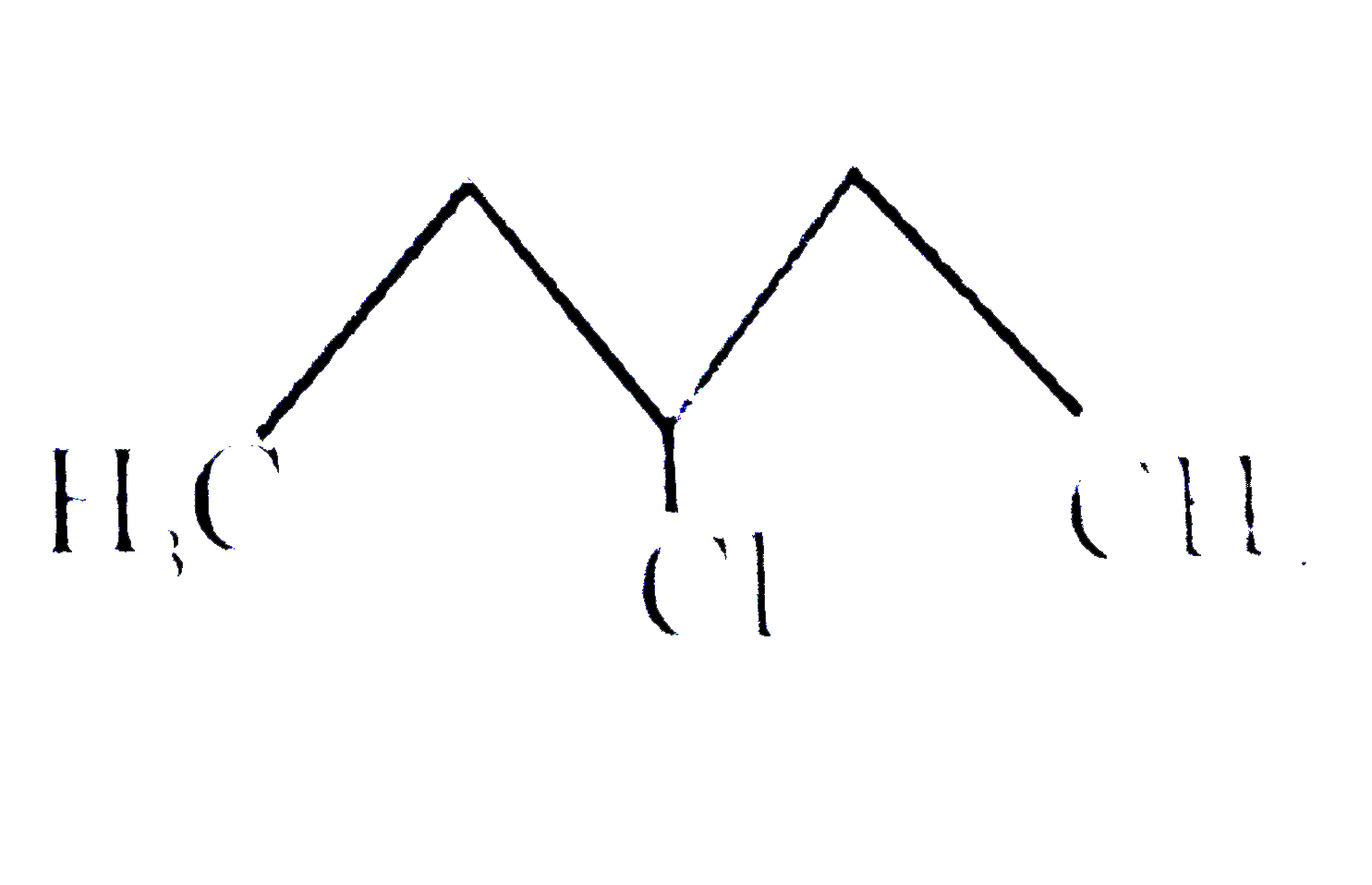 B
B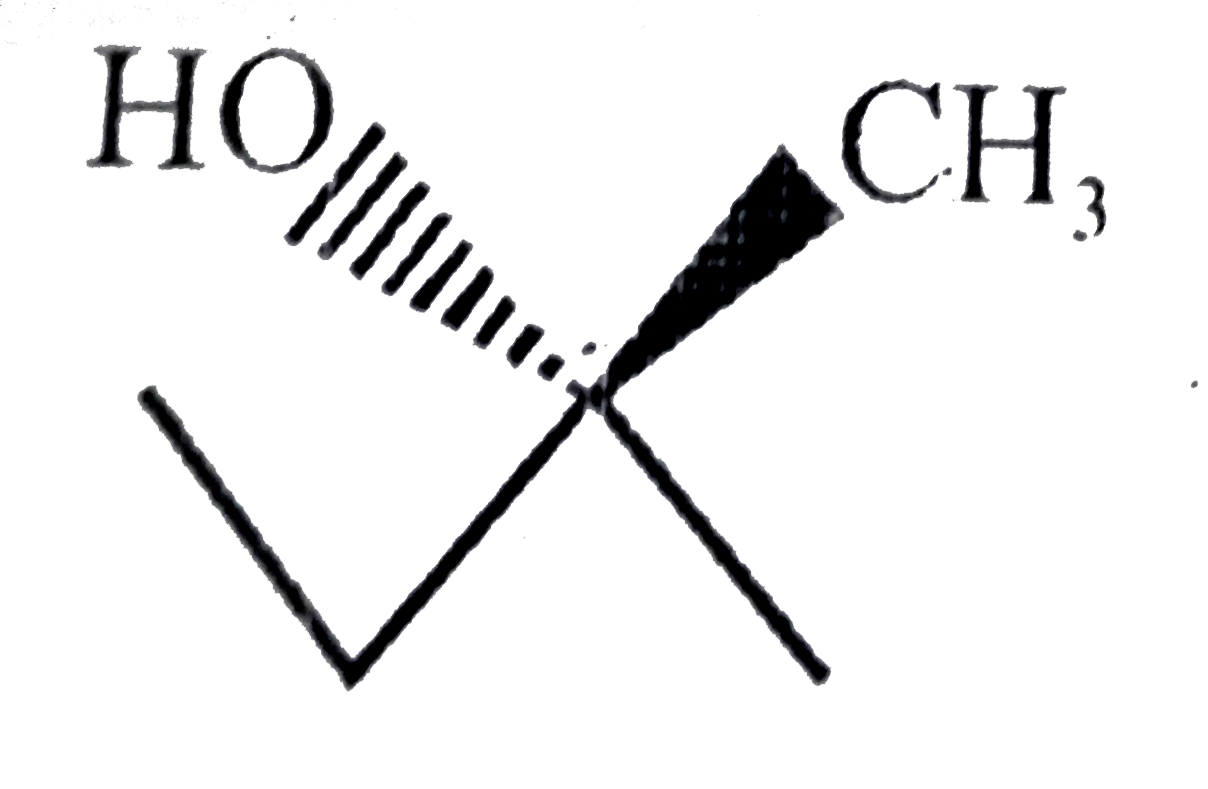 C
C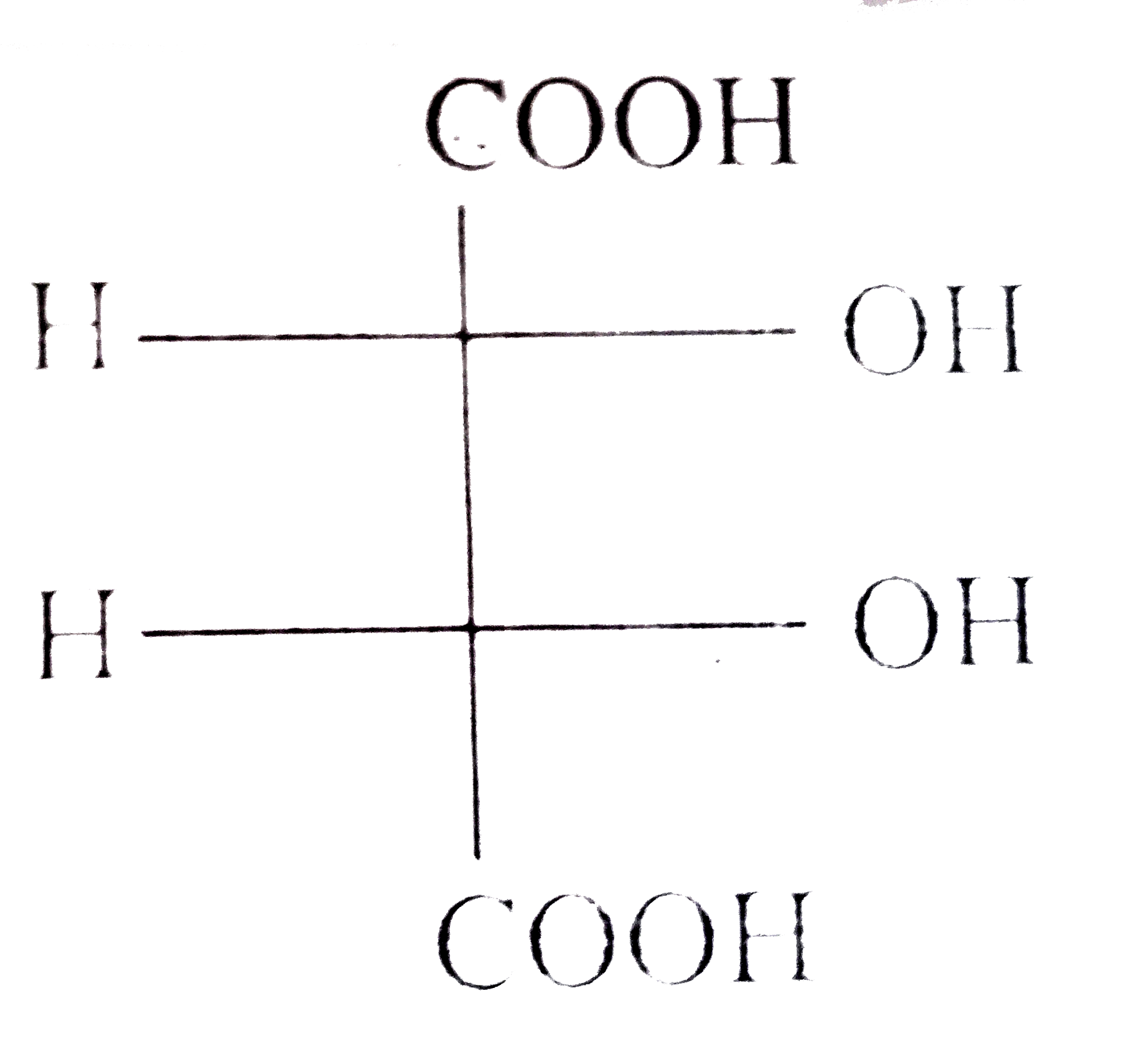 D
D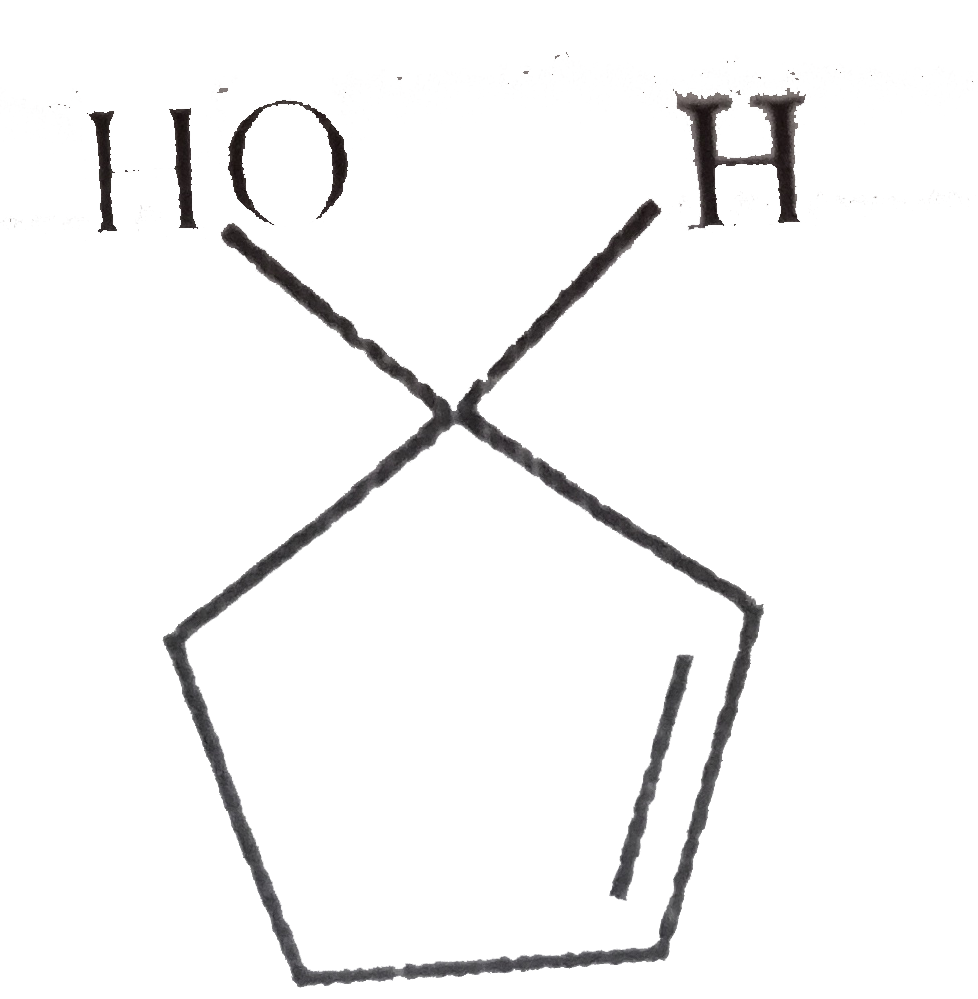
- Question 2 - Select One
Which compound is optically active
A4-chloro, 1-hydroxybutaneB3∘ - Butyl alcoholCSecondary butyl amineDn-butyl alcohol - Question 3 - Select One
Which is a optically active compound ?
AButan-2-olBIsopropyl chlorideCNeopentyl alcoholDTertiary butyl alcohol
The amino acid which Is not optically active is
View SolutionThe alcohol , which is optically active is
View SolutionWhich of the following is optically active
View SolutionWhich of the following amino acid is not optically active ?
View SolutionWhich of the following is optically active
View Solution

